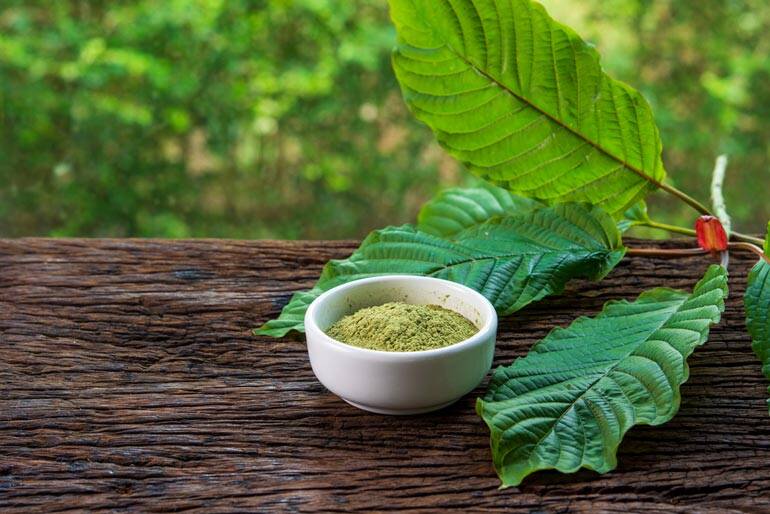Kratom, a plant native to Southeast Asia, has increasingly been discussed as a potential tool in harm reduction strategies for addressing the opioid crisis. The opioid epidemic has posed significant public health challenges, with millions suffering from opioid use disorder and its associated harms, including overdose and addiction. Kratom, derived from the Mitragyna speciosa tree, contains alkaloids such as mitragynine and 7-hydroxymitragynine that interact with opioid receptors in the brain. This interaction has led some advocates to explore kratom as a possible alternative or adjunct to traditional opioid medications, potentially offering a means to reduce the reliance on more dangerous substances. Proponents argue that kratom could serve as a harm reduction tool by providing a less addictive alternative to opioids or by aiding individuals in their efforts to taper off opioid use. Some users report that kratom can effectively alleviate pain and produce effects similar to those of opioids, such as euphoria and pain relief, but with a purportedly lower risk of severe addiction or overdose.

For individuals in recovery, kratom might offer a means to manage cravings and withdrawal symptoms, potentially supporting their journey towards sobriety and Visit Website. In some cases, it has been used as a substitute for prescription opioids, which can be difficult to manage due to their high potential for addiction and overdose. However, the potential role of kratom in harm reduction is met with significant controversy and caution. Despite its promising attributes, there is a notable lack of rigorous scientific research on its safety and efficacy. The U.S. Food and Drug Administration FDA and other health agencies have raised concerns about kratom’s potential for abuse, addiction, and adverse effects, including liver damage and drug interactions. The legal status of kratom is also variable, with some jurisdictions banning its use due to safety concerns, further complicating its role in harm reduction strategies.
Moreover, the quality and consistency of kratom products can be problematic. Contaminated or improperly dosed kratom can pose additional risks, and the lack of standardized manufacturing practices exacerbates these issues. This variability makes it difficult to ensure that kratom can be used safely and effectively within harm reduction frameworks. In summary, while kratom presents an intriguing potential as a harm reduction strategy in the context of the opioid crisis, its application is fraught with uncertainty and risk. The plant’s ability to provide relief and support for individuals struggling with opioid dependence requires careful consideration and further scientific investigation. As it stands, kratom may offer benefits in certain contexts, but it is crucial for individuals and health professionals to approach its use with caution, relying on ongoing research and adhering to best practices to mitigate potential risks.
